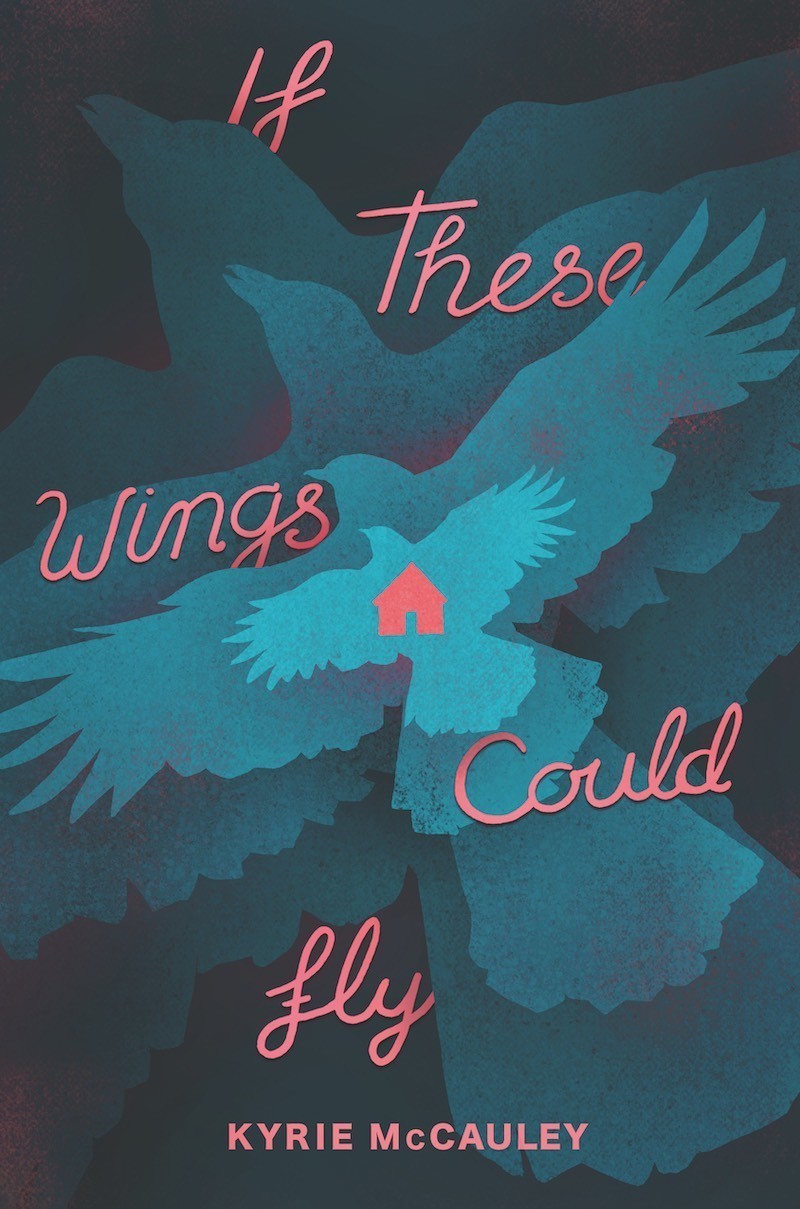Chapter 74
byChapter 74 of If These Wings Could Fly delves deeply into a metaphor that portrays the experience of falling, both physically and emotionally. The chapter opens with an intense and urgent situation, where the narrator finds themselves in a position where jumping seems to be the only option. The imagery is stark and evocative, with a “sky on fire” above and a “house on fire below,” symbolizing the overwhelming chaos and sense of danger that surrounds them. As the roof begins to give way, a feeling of hopelessness sets in, forcing the narrator to confront the inevitability of leaping into the unknown. The act of falling becomes a powerful representation of surrendering to a situation that feels entirely out of control, yet it also hints at the possibility of transformation, however frightening the journey may be.
Within this whirlwind of fear and confusion, there is a glimmer of hope rooted in the narrator’s trust in Joe, a character who embodies reliability and strength in the face of adversity. Even as the flames rage and the situation spirals, the narrator’s belief that Joe will be able to save them provides a sense of calm amid the chaos. This sense of trust in others, especially in a time of crisis, is a central theme in the chapter, highlighting the power of relying on those around us when the world feels overwhelmingly hostile. As the narrator jumps into the darkness, they are met with an unexpected, yet timely, intervention—the arrival of crows. These birds are described as “cawing, clawing, and covering us in feathers,” a vivid image that transforms the feeling of falling into one of safety and protection. The crows, in this context, act as symbolic rescuers, representing the comfort and security that can come from unexpected sources, turning a moment of intense fear into one of hope.
The act of falling, in this chapter, transcends its literal meaning and becomes a metaphor for vulnerability, trust, and the unexpected emergence of hope. The narrator’s willingness to trust in Joe during such a terrifying moment exemplifies the power of faith, even when the outcome is uncertain. In that moment, the act of surrendering to the fall is not about defeat but about opening oneself up to the possibility of something greater. The arrival of the crows, with their protective presence, marks a dramatic shift from danger to safety, symbolizing how sometimes, the most unexpected forms of support appear just when they are needed most. This shift from fear to relief illustrates a core theme of the narrative: that vulnerability, while frightening, can also lead to moments of grace and redemption. The crows’ role as saviors demonstrates that help and protection can come in forms that are not always anticipated, and the journey through fear can often lead to a place of comfort and safety.
As the chapter concludes, the narrator reflects on the emotional journey they have just experienced. The act of falling, which once felt like a descent into despair, now represents an emotional journey of transformation and renewal. The narrator’s fall is no longer simply a physical act but a profound experience of personal growth, symbolizing how, through trust and faith, one can navigate even the most perilous situations. The crows’ appearance signifies not just physical rescue but an emotional turning point, where the overwhelming anxiety and fear of the fall give way to the peace and safety of being caught. This duality of emotions—fear and faith, falling and being saved—underscores the complexity of the human experience. In this narrative, falling is not something to fear but something that can lead to salvation when embraced with trust in others and the willingness to face the unknown.
Ultimately, Chapter 74 is a powerful exploration of how moments of vulnerability can lead to profound emotional shifts, where falling becomes a symbol of both fear and transformation. It emphasizes the importance of trust, not only in others but also in the process of surrendering to the unknown, as this can often lead to the protection and support that we need most. The crows, as symbolic figures of rescue and safety, represent the unexpected sources of hope that can appear during life’s darkest moments. Through this imagery, the chapter encourages readers to see falling not as a loss of control but as an opportunity for change, healing, and ultimately, the discovery of new beginnings. The balance between the fear of falling and the faith in being caught forms the emotional backbone of the chapter, illustrating how even in the most chaotic and uncertain times, hope can still find its way through.

